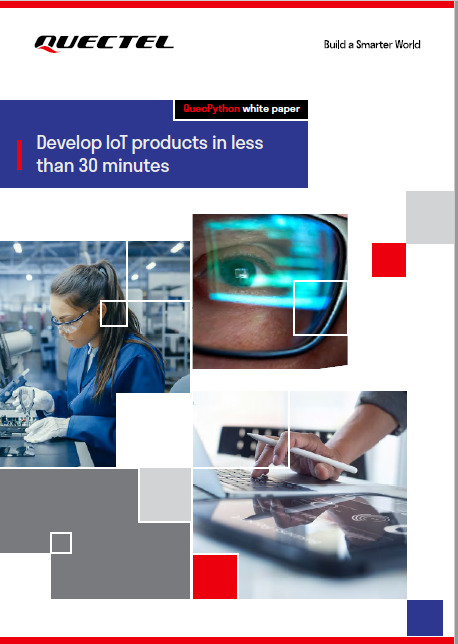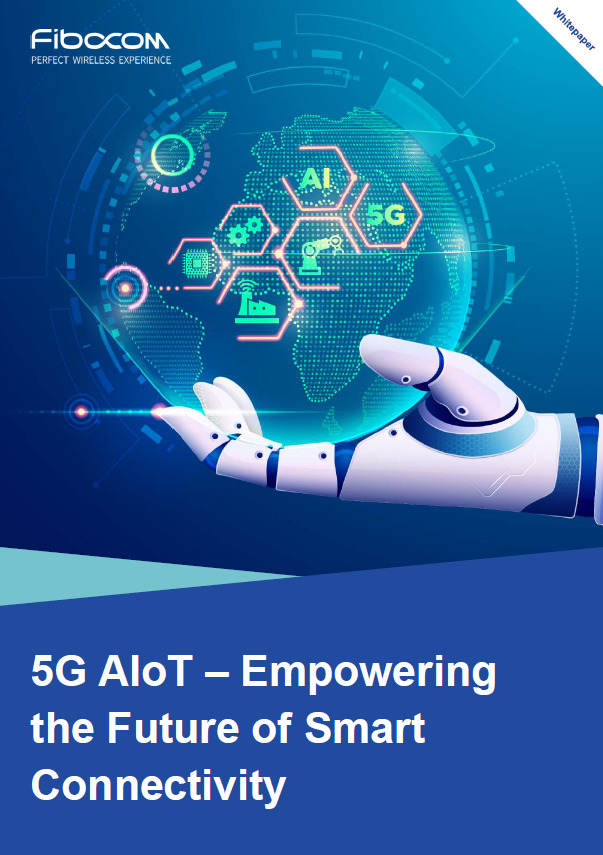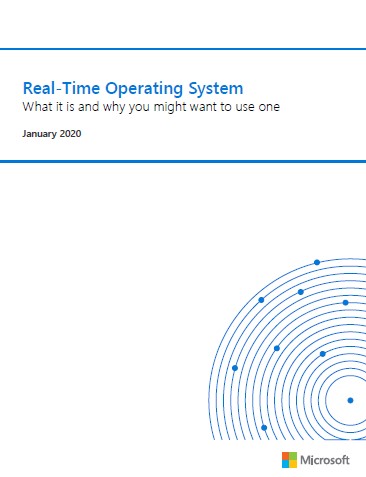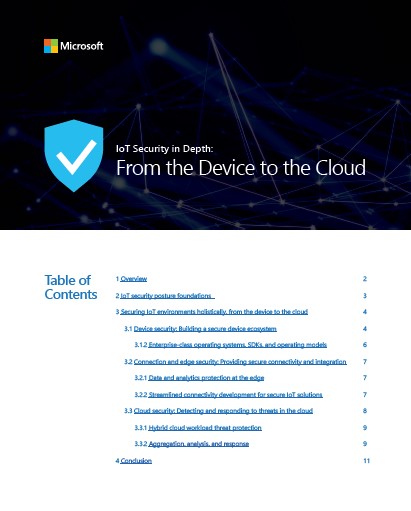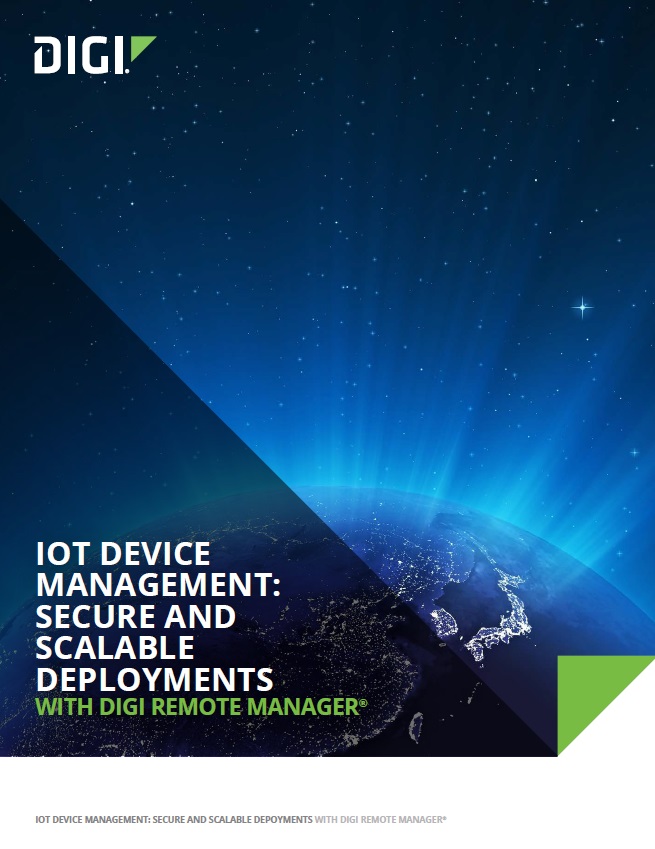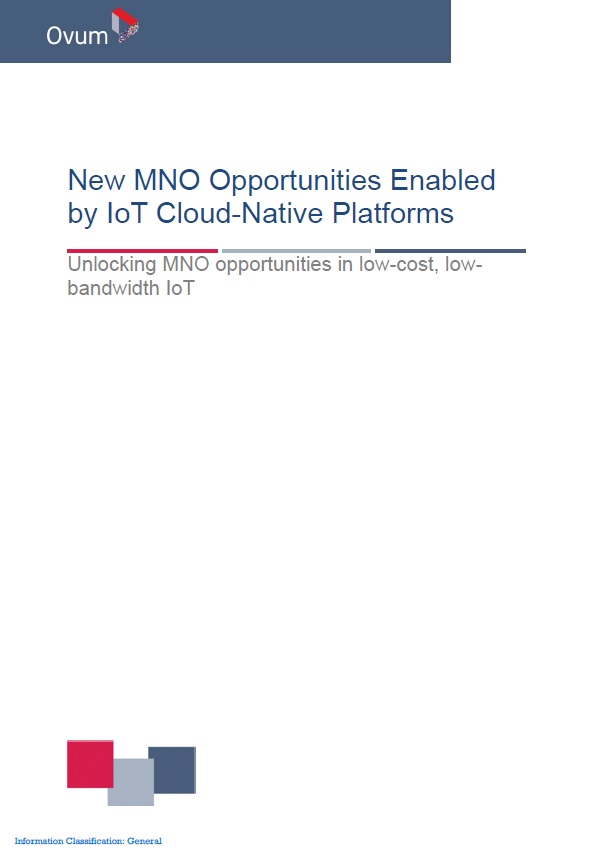QuecPython Develop IoT products in less than 30 minutes
To accommodate the rapid growth of the IoT, developers are having to program an increasing number of devices with greater complexity, and at speed. Old approaches are too slow and cumbersome, but fast, flexible programming, using the Python language and the QuecPython environment for execution, is enabling IoT organizations to develop products in less than 30 minutes.
The Automobile Root of Trust, for Device Attestation and Data Security
As the automobile itself, its component parts and the associated manufacturing and services become more and more connected, the potential vulnerability and threat landscape also grows.
Enabling Strong Security for Your Connected Production Environment
Connected environments as one of the most prominent examples of Industrial IoT (IIoT) are the enabler for providing higher levels of productivity based on full transparency across all organizations worldwide.
5G AIoT – Empowering the Future of Smart Connectivity
The combination of Artificial Intelligence (AI) and the Internet of Things (IoT), dubbed AIoT, opens up new possibilities for how we collect, analyze and react to data, promising an era of smarter, faster decision-making. Using clusters of AI-empowered IoT devices, computing will shift to the edge, where high-speed data processing will enable lightning-fast adjustments to processes, workflow and productivity.
Real-Time Operating System: What it is and why you might want to use one
With the rapid growth of the IoT and the number of new devices being developed to take advantage of it, it’s becoming more and more likely that you will consider using an RTOS in the near future. The remainder of this article will explore the overall RTOS value proposition, both pros and cons, so you can consider whether an RTOS would be beneficial for your next product development project.
IoT Security in Depth: From the Device to the Cloud
By forging new links between the cyberworld and the physical world, IoT creates a paradigm shift that dramatically increases the scope of security. As organizations rush to adopt IoT, novel security challenges abound, amplified by an enormous diversity of hardware, software, services, and deployment locations. In fact, while 91 percent of IoT decision-makers report plans to increase the number of their connected devices by more than 15 percent within two years, they cite security as the greatest concern for deploying IoT technologies.
Threats to devices, applications, services, connections, and data must be addressed holistically across the IoT infrastructure to create a consistent security posture across IoT devices, the edge, the cloud, and the connections between all those elements.
IOT DEVICE MANAGEMENT: SECURE AND SCALABLE DEPLOYMENTS
To effectively manage a complex IoT deployment requires an IoT device management application that not only lets you visualize the activity of complex networks in a simplified form, but also provides these important capabilities:
• Management: Manage large numbers of devices efficiently
• Monitoring: Monitor IoT deployments and ensure all devices are operating as expected
• Security: Continually scan the deployment for security issues and repair them
New MNO Opportunities Enabled by IoT Cloud-Native Platforms
As the consumer market for cellular services has become highly competitive and highly saturated, the Internet of Things (IoT) market is providing an attractive opportunity for mobile network operators (MNOs) to build new revenue streams.
Increased Employee Safety: Smart Factory Solution
In a typical manufacturing/supplying product company, both management and working teams face many challenges, ranging from employee safety or security of the equipment, to minimizing the time spent on optimal use of storage space.

